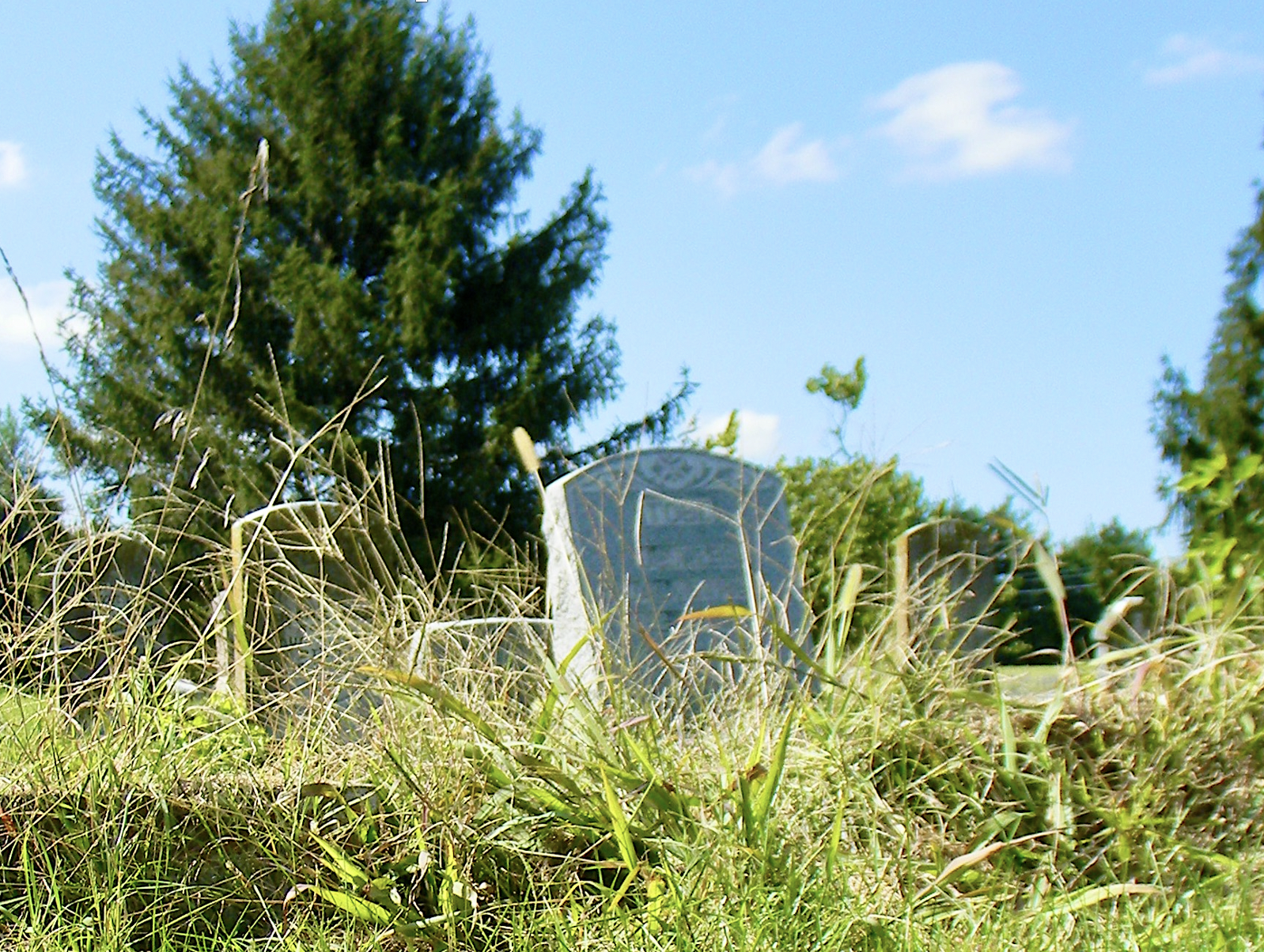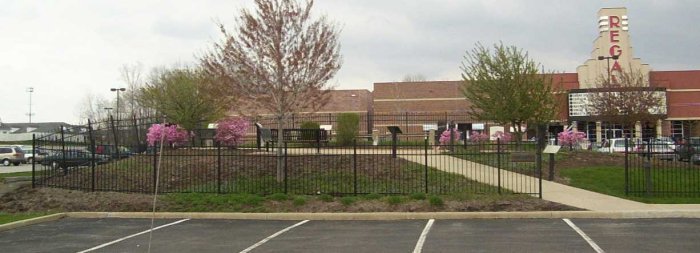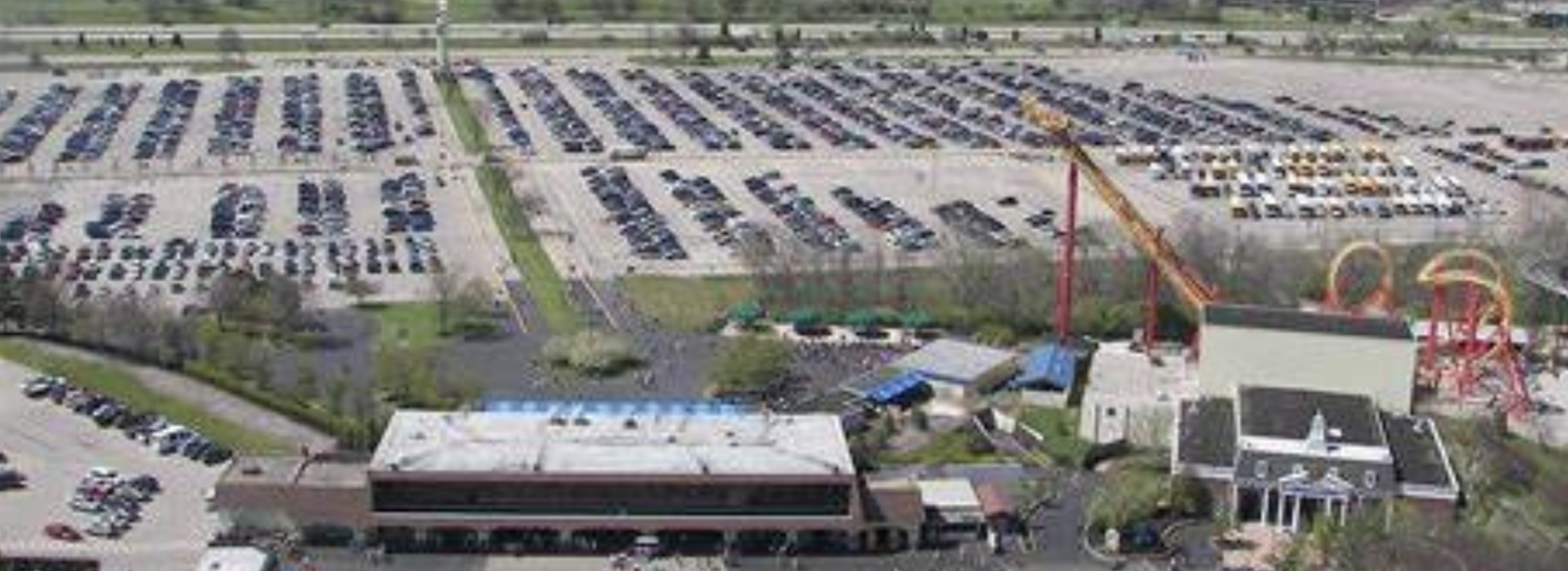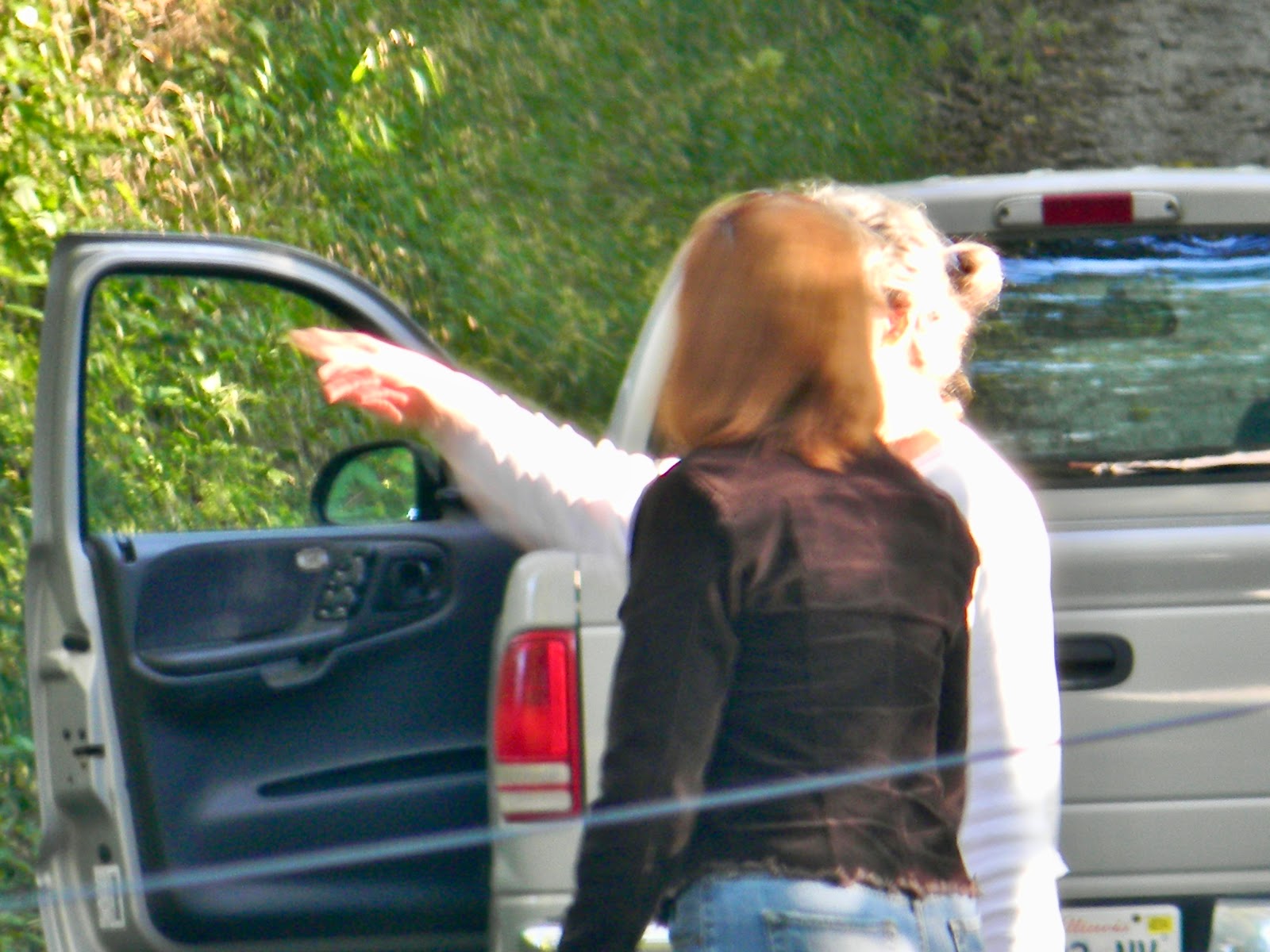Cemeteries can disappear for a variety of reasons. We’ve lost many after family farms have been sold or abandoned. In the 20th century, numerous states didn’t have laws instructing the landholder to continue to care for the cemetery.
 |
| Gravestone Path |
Thankfully, we now have some public officials that understand the necessity of keeping those sacred and vital plots intact. But parcels of land can slip through the cracks. Today, we’ll explore several cemeteries that have “disappeared,” although they remain somewhat intact, just not where you’d expect to find them.
INTO THE WOODS, Edgar County, IL
The family who lived there said the name of the cemetery was Adams, and it was located on their property. But it would take a four-wheeler to get there. We loaded up and traveled across a ditch, and a far distance into the woods. After climbing a hill, we found it. About three dozen graves were there, and in the early spring, the stones were easy to find. Last names included Adams, Bush, Buchanan, Jamison, and Legg. Find A Grave has a page for the cemetery with 34 documented stones.
It was an enjoyable foray into the woods, and wonderful to see landowners who considered themselves to be custodians of the graveyard. (If anyone recognizes these folks, please let me know their names. I have forgotten.)
IN THE FRONT YARD, Haysville, IN
 |
| Cemetery in the Front Yard |
Hope Cemetery in Dubois County, Indiana, is a fitting name for this small graveyard located in a front yard on Route 56 near Haysville. There are about a dozen grave markers; several with names and dates that are readable. The earliest burial date appears to be 1848 for Ezekiel T. Inman. The last was for Seth Alonzo Roberts, who was born August 1, 1881, and died on February 24, 1943.
SPRINGS SHOPPING CENTER, Louisville, KY
994 Breckenridge Lane
The Burk Family Cemetery is hiding in plain sight in Louisville. Surrounded by tall hedges, the cemetery is located in the parking lot of the Springs Shopping Center. Five graves are located here, those of James, Matilda, Charles, Samuel Burk, and an infant son, all buried in the 1800s. Four graves are marked with obelisks and ledger stones. The fifth marks the grave of an eight-month-old with an infant carved as if asleep on top of the stone.
At one time, the Burks were prosperous and owned a horse farm. When family members decided to sell the land in the early 20th century, they refused to have the cemetery moved. And so today, you can still duck behind the hedges and visit the graves of a 19th century Hoosier farm family.
AT THE MOVIES, Middleburg Heights, OH
18348 Bagley Road
Hickcox Cemetery, also known as Hepburn, was the burial ground for seven of the original settlers of Cuyahoga County in the early 1800s. A farming community, in the 1840s it became known as the Onion Capitol, growing tons of yellow globe, red wetherfields, and yellow flats onions, celery, and other crops that were shipped to the Eastern United States.
It was stipulated in a Hickcox family member’s will that the cemetery should not be disturbed for any reason. A Middleburg preservation group, “Sons, Wives, Ancestors for Middleburgh's Preservation Coalition” (SWAMP), posted twelve “Pioneer Trail” plaques in the cemetery to provide information about the graves and the cemetery site.
In the late 1990s, a developer bought the land to build a multiplex movie theatre. The will request was honored, and today, it lies at the corner of a parking lot for the Regal Movie Theatre in the Regal Middleburg Town Square Plaza.
KINGS ISLAND, Cincinnati, OH
 |
| Dog Street Cemetery at Kings Island |
Located on what once was the Dill Farm and R. Eugene King Farm in Deerfield Township, is a small cemetery now called Dog Street. Burials began there in 1803 and continued until 1869, including a Revolutionary War veteran, Peter Monfort in 1823.
In 1970, when 80-acres of property was purchased for the Kings Island Amusement Park, developers began a search for the graveyard and the tombs it contained. Untended since the 1890s, it had disappeared in the undergrowth of myrtle, weeds, and trees. Only two stones remained standing, although officials reported that there may have been close to 80 markers at one time. In 2005, the Warren County Genealogical Society found 69 graves in the cemetery, although only 52 headstones remain.
There are reports of a five-year-old girl who haunts the graveyard, and the north parking lot. The story goes that the child, called “Missouri Jane” Galeener, died in 1846 of cholera and was buried here. Her family then moved on to Illinois. But reports say that Jane has been seen, wearing a blue prairie dress, wandering the cemetery and adjacent parking lot. Perhaps she is still searching for the family that moved on.
A Note of Encouragement
When you’re searching for a cemetery you can’t find, always take a moment to ask the residents near the GPS location. While some of the early cemeteries are no longer cared for, or are considered defunct, it’s worth checking with locals who might have the answer.
~ Joy



















































